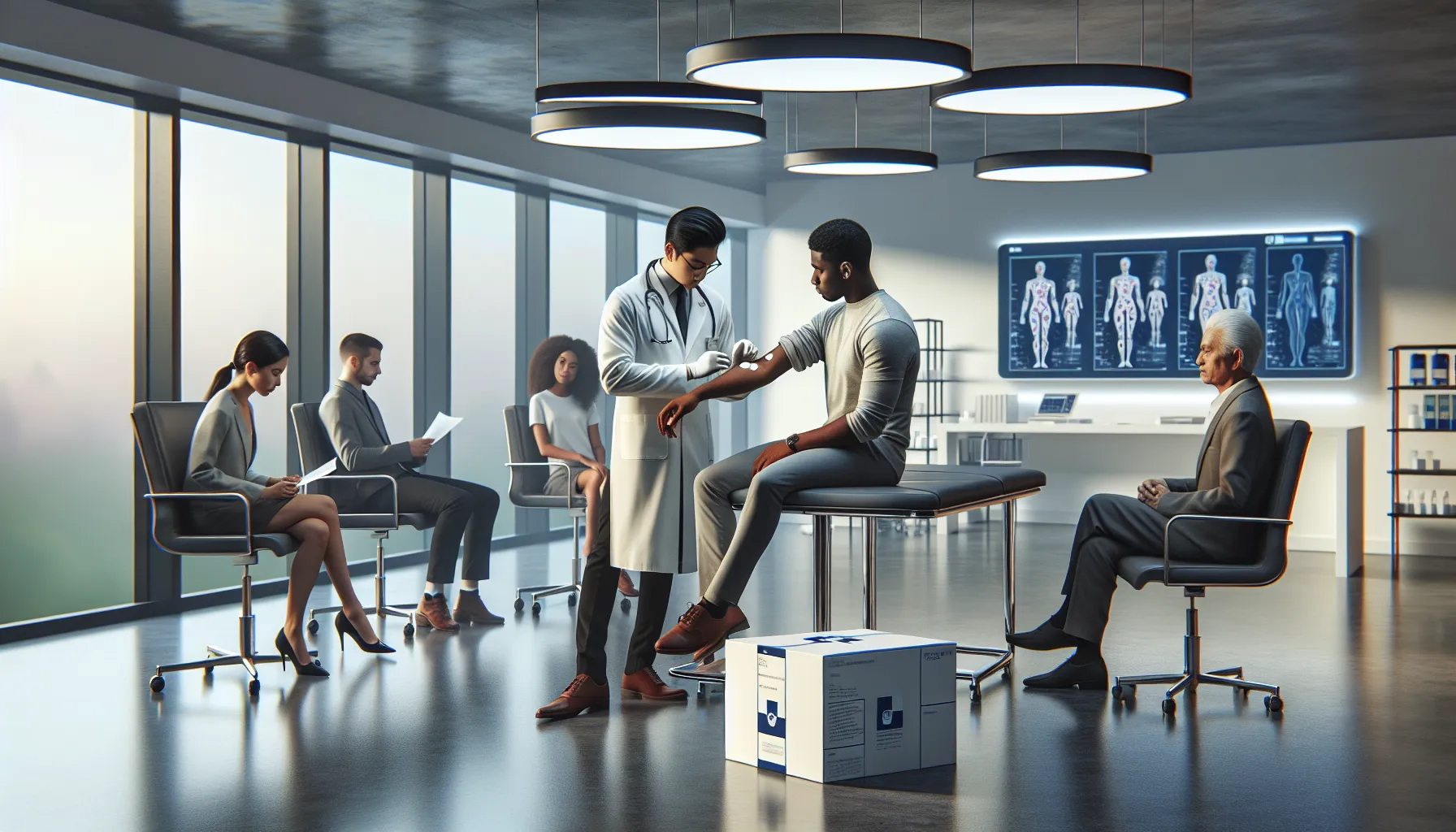
If you’ve ever found yourself at a bustling intersection, ready to make that right turn on a solid green light, then you may have asked the question: who has the right of way? Well, I’m here to break it down for you. In many US states, when turning right on a solid green light, the driver making the turn is supposed to yield to pedestrians and any vehicles coming straight through from the opposite direction.
It can seem like an intricate dance at times–cars darting forward and halting abruptly, pedestrians weaving their way across crosswalks. But there’s actually a method to this madness! It all boils down to understanding traffic rules and being aware of your surroundings. So when it’s your turn at bat in that driver’s seat, remember: patience is key. Wait for pedestrians and oncoming cars before proceeding with your right-hand turn.
Some might say these rules are straightforward or even obvious. But considering how often accidents occur due to drivers failing to yield correctly at intersections, it seems there’s room for more clarity on this issue. That said, let me emphasize again: when turning right on a solid green light – always yield first!
Who Has The Right of Way When Turning Right on a Solid Green Light
We’ve all been there – that moment when you’re about to make a right turn at a solid green light and suddenly, you’re not quite sure who has the right of way. It’s a common scenario and one that can lead to confusion, or worse, accidents if not handled correctly. Let’s break it down for clarity.
Interpreting Solid Green Light: Right Turn Rules
Typically, when you have a solid green light and are making a turn, either left or right, it means go but yield to pedestrians and other traffic. If I’m turning right on green, I must yield to pedestrians crossing the street as well as vehicles coming from the opposite direction.
There’s an exception though – if there’s a “No Turn on Red” sign posted at the intersection, then I’d need to wait until the signal turns green before proceeding with my turn. This rule is in place mainly in urban areas where pedestrian activity is high.
Determining Right of Way at Traffic Lights
Determining who has the right of way at traffic lights can be tricky sometimes. Generally speaking:
- If I’m turning right on red (where permitted), I must give way to all other vehicles and pedestrians.
- If two cars are facing each other both going straight or one going straight and one turning left, the car that is going straight or turning right has the right of way.
- In case two cars arrive at an intersection simultaneously from different roads, typically whoever is on the left should yield to their counterpart on their immediate right.
Remember though – rules may vary by state so it’s always safest to check local laws!

Determining Right of Way When Turning Right on Green
When it comes to traffic rules and regulations, there’s a common query that often pops up. That is, who has the right of way when turning right on a solid green light? Well, I’m here to explain just that.
Typically in the US, if you’re making a right turn at an intersection with a solid green light, you indeed have the right of way. But it’s not as straightforward as it seems. There are certain conditions that could alter this general rule.
For instance, pedestrians crossing the street have absolute right of way. If there’s a pedestrian stepping off the curb or already in crosswalk when your light turns green, they get priority. It’s mandatory for drivers to yield to pedestrians under all circumstances.
In addition, if there’s another vehicle coming straight through from the opposite direction while you’re turning right, they too have the right of way. Remember this: vehicles going straight always take precedence over those turning.
Here are few more pointers to remember:
- Always use your signal before making a turn.
- Ensure no bicycles or motorcycles are moving into your path.
- Be aware that emergency vehicles always have immediate rights-of-way regardless of traffic signals.
So yes, while you usually do have the right to make that turn on solid green – don’t forget about these exceptions! Traffic laws prioritize safety first and foremost; so even if you technically hold the ‘right’, prudence is paramount.
Driving requires constant vigilance and understanding of laws which may seem complex but ultimately aim at ensuring road safety for everyone involved. Hope this helps clear any confusion about determining who has the ‘right’ when turning right on green!












